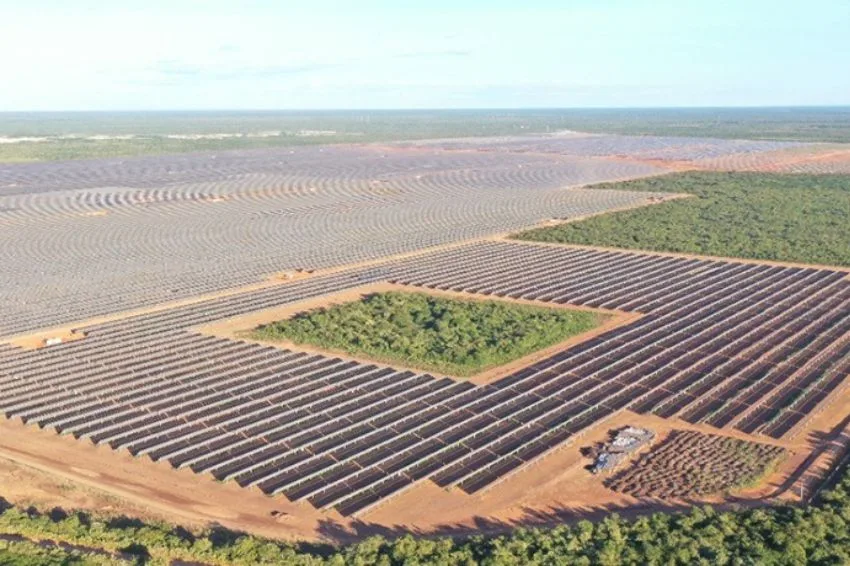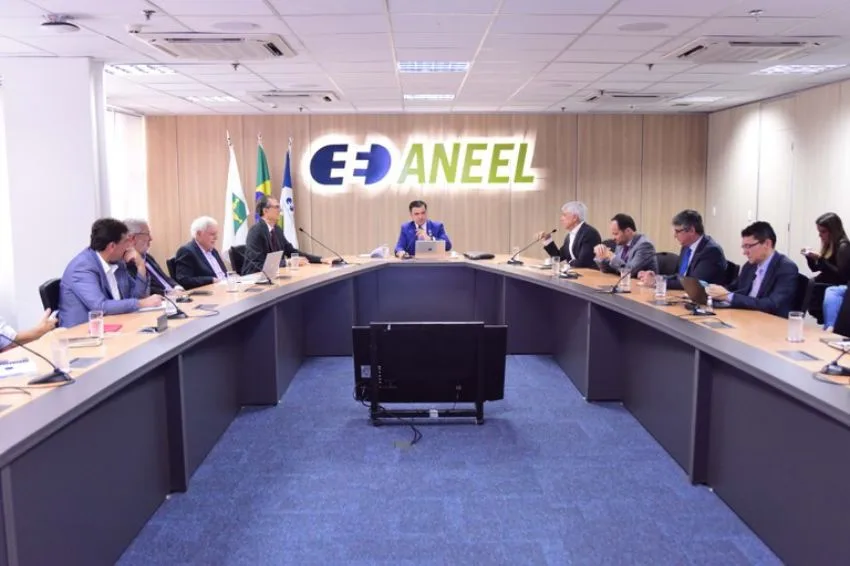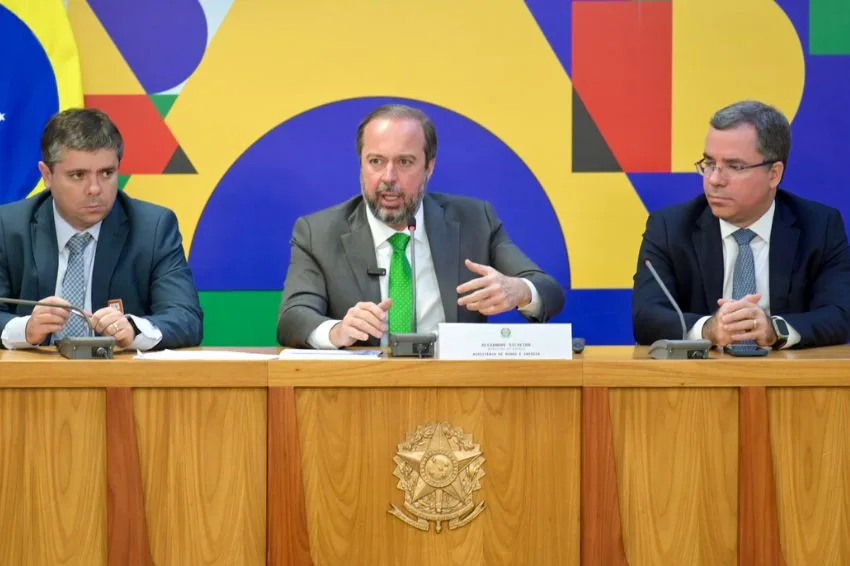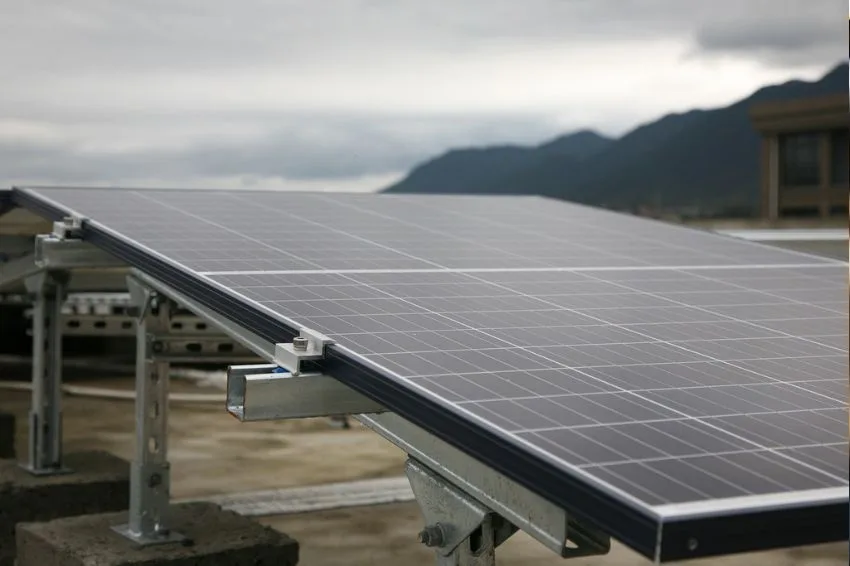In a letter sent to ANEEL (National Electric Energy Agency) in February, which the Solar Channel had access, the Minas Gerais concessionaire Cemig stated that, even with the largest investment cycle in the company's history, “it will not be possible to meet all the demand in the distributed generation market”.
The company claims that, given the growth of micro and mini solar generation installations in the state, there is an exhaustion of electrical energy distribution and transmission systems.
Cemig said that it has witnessed “accelerated and complex” growth in the DG market, with growth of 440% between 2019 and February this year, representing 2,281 MW of generation already connected, with the participation of more than 273 thousand consumer units .
“It is noteworthy that there are already signed contracts that will add more than 7,000 MW by 2025, and just in the last week before the start of the transition rule of the Legal Framework for Distributed Generation (Law nº 14,300/2021), Cemig D received 12,019 requests, which is equivalent to approximately 1,400 MW of generation under analysis”, he said.
Currently, Minas Gerais records 2,658 MW of DG in operation, with more than 238.4 thousand solar systems connected.
Last week, the Government of Minas Gerais already had released an official statement informing that in some regions of the state (mainly in the triangle and northern regions) the electrical grid no longer has the technical capacity to receive new connections from photovoltaic projects.
Faced with this impasse, the integrators in the region are concerned with the future of their business, due to the insecurity caused, above all, by the lack of a forecast of when the problem will be resolved.
This is because, without a definition of when the flow capacity of Cemig's substations will be normalized, integrators are unable to provide their clients with an expectation of when their projects can be installed.
“We lose a lot of projects, because clients often don't receive this response about missing a deadline. There are some who even look for other integrators thinking that it is our fault. Our situation is difficult, you see,” said electrical engineer Paulo Henrique Azila.
Also according to the letter, Cemig claims that it invested more than R$ 7.2 billion in works in the Distributor Development Plan (PDD) from 2018 to 2022, amounts that allowed Cemig D to reach the level of 196 thousand generating units classified as GD, in addition to the approval of a new PDD for the 2023 to 2027 cycle of over R$ 18.3 billion.

Network problems
The concessionaire also said that it identified impacts caused by DG at various points in the high voltage transmission and distribution systems (lines and substations), in normal operating conditions and in contingencies of Basic Network elements. Therefore, the company asked the ONS (National System Operator) for an opinion.
“The dozens of opinions already received inform that, from the point of view of the electrical system’s performance, there is no remaining capacity for the flow of new generation plants connected to the Cemig D distribution system.”
Cemig said that connection solutions are increasingly expensive, with the need for technical arrangements in which “exclusive” assets are designed for the flow of this type of energy generation, at the same time that there is no same need in relation to the load for the scenario of the next 10 years. “As an example, we can mention the need for new substations, and the construction of distribution lines, over long distances to meet the need for injection, which would not be, a priori, the original objective of distributed generation.”
Judicialization
The solutions reach values in the millions of Reais, which in practice make the connection of DG projects unfeasible. Such budgets, the company continues, have generated discontent and judicialization on the part of users.
“Only in January 2023, Cemig D was cited in more than 50 legal actions that aim to discuss the complexity of connecting these DGs, which demands the mobilization of a specialized workforce to better understand the magistrate, in an attempt to obtain decisions that do not compromise the distribution system, the quality of service provision to other consumers and do not create precedents for other accessors.”
It further claims that when users agree with the values presented in case of need for investments in the network, the financial participation represents only a part of the total cost, with the majority being borne by the distributor itself, “capitalized as a remuneration base , increasing the tariff and burdening the entire society, violating the principle of reasonableness.”
“Thus, Cemig D hereby informs that it has decided that in cases where studies and opinions indicate the exhaustion of the system in transmission and/or distribution, when the technical solution makes the connection unfeasible, communicate this exhaustion to the applicant for access. This communication will clarify to the customer the reasons behind this decision.”
The letter, addressed to the general director of ANEEL Sandoval Feitosa, is signed by the directors of Distribution, Marney Tadeu Antunes, of Regulation and Legal, Henrique Motta Pinto, and deputy director of Regulatory and Institutional Relations, Alexandre Ramos Peixoto.
What does ANEEL say?
In response to Cemig's distribution director, Marney Tadeu Antunes, dated April 24, the National Electric Energy Agency, represented by its superintendent of Distribution Services Regulation, Carlos Mattar, said that it is the consumer's right to free access to the distribution and transmission systems of public service concessionaires and licensees, and that it is up to the distributors to respond to access requests from consumer units with distributed micro or minigeneration, with or without energy storage, as well as hybrid systems, as set out in the articles 1st and 18th of Law 14,300/22.
The agency reinforces that the concession contract establishes, in its obligations, the expansion of the distribution system, in order to guarantee the current and future service of its energy market. It is the distributor's obligation to find alternatives at the lowest possible cost, and the distributor's study may indicate temporary service with operational restrictions.
The exception must be applied exclusively to cases in which the connection cannot be made for reasons that are not the responsibility of the distributor, for example, if the consumer has not provided information for which he or she is responsible.
It also says that the exception applies in cases where there are impacts on the transmission system and, after being consulted about the concrete and specific case, the ONS is responsible for the unfeasibility of connection and that there is no planned solution, with no alternative works in the distribution system to enable service.
In cases where the ONS indicates restrictions on the use of the transmission system that make it unfeasible for users to connect and which already have a solution planned, the distributor must inform this in the connection budget, in order to condition access to the distribution system upon entry into operation. operation of necessary transmission facilities.
“In this sense, we clarify that the minimum global cost alternative that has a value considered high by the distributor should not be considered as 'technical unfeasibility', as defended by Cemig D in its correspondence, as the connection budget serves precisely to signal to the applicant the actual connection costs, which must be the result of the study, analysis and project carried out by the distributor. Any decision to continue the connection process and, when applicable, payment of the financial participation, is the exclusive responsibility of the consumer and other users”, says ANEEL.
Therefore, failure to present the connection budget in situations where the distributor considers that the value of the connection works is high represents non-compliance and legal, regulatory and contractual non-compliance.
Finally, if new micro and mini generation connections (or increased power) cause a reversal of power flow in the distribution systems, the distributor is responsible for:
- Reconfiguration of circuits and load relocation;
- Define another electrical circuit for connecting distributed generation;
- Connect at higher voltage level;
- Permanently reduce injectable potency;
- Reduce injectable potency on pre-established days and times.
When approving the connection budget, the consumer must formalize the operation between the following alternatives to the distributor:
- In the case of a reduction in injectable power, how it will be carried out, including whether energy storage systems will be installed;
- Proposal, if any, for the use of functionalities of network interface devices.
According to ANEEL, such provisions must minimize impacts on transmission systems, as well as substantially reduce situations in which connection to the distribution system is unfeasible.
“Thus, although REN nº 1,059/2023 has established a specific deadline for implementation for distributors until June 2023, we advise that Cemig D applies the new provisions of arts. 73 and 83 in situations where the budget results in a high cost or where non-use implies the connection is unfeasible due to impacts on the transmission systems, both (i) in connection budgets not yet issued; (ii) in new connection requests; and (iii) in the treatment of complaints about quotes that have been rejected or with a connection alleged to be unfeasible by the distributor.”
The case was archived by ANEEL. When contacted for our report, the agency did not respond until the closing of this article.
















